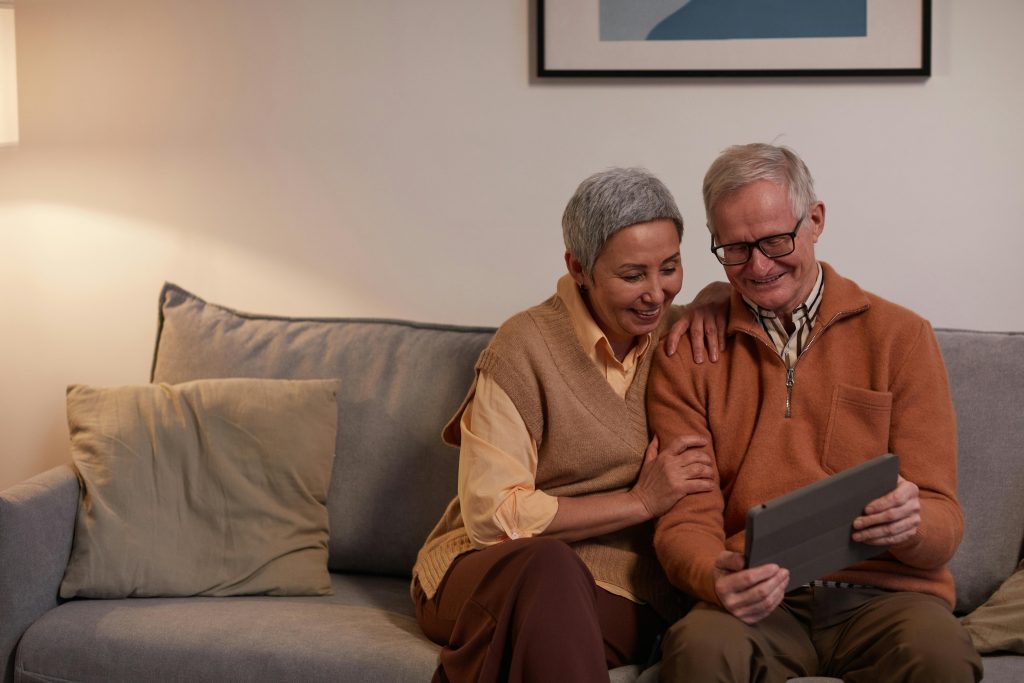When it comes to making your home safer and more practical to live in, it’s not always about the big, expensive changes that work. Although these are great to make if you can afford it, and of course, you want to. But many times it’s the small, more affordable changes that can make the most difference to your quality of life when you need extra support.
This post is going to look into some changes you can make that are easy on your wallet but still effective.
Tidy Up Real Hazards
The best place to start is with the more obvious issues, not the fancy ones. Most home injuries happen because someone tripped, slipped, or reached too far. The CDC states that millions of adults, especially older adults, end up in the ER each year because of falls at home. And it’s not the ” I fell off a ladder” incident; it’s the “I slipped in the hallway wearing socks” or “I fell out of bed” injuries that make up the majority of these visits.
This means clearing hallways of trip hazards, taping down cables, swapping rugs that slide for safer versions or adding grips and adding lighting where it’s dark. All small, simple fixes.
Grab Points In The Right Places
Following on nicely is having points around the home that can be “grabbed.” It doesn’t need to be kitted out like a hospital or rehab centre, but you do need grab rails in strategic places that can help reduce falls. One bar in the shower or by the toilet, one on sloping walkways, around long hallways, or by steps—all of which increase fall risks and make it appropriate for grab rails to be installed.
And many hardware stores stock rails so you don’t even need to shop for medical devices you can get them in most places.
Affordable Emergency Backup
Here’s the part that is often overlooked – what happens if you do all these changes and something still goes wrong?
An affordable life alert system gives you 24/7 peace of mind that there is someone on the other end of the line who can help without the huge price tags that can often come with this type of assistance. All you do is press the button, talk to someone, they call family friends, neighbors, or emergency responders, and help arrives. It’s really that simple. There’s no crawling on the floor looking for a phone or trying to get outside to get people’s attention, a press of a button and help is on the way.
Adapt Everyday Things
Safety isn’t just alarms- it’s how tiring or difficult everyday things are to use. Easy wins for the home include
- Swap the twist faucet for levers
- Use a shower seat so no one is standing on wet tiles
- Put the most used stuff in the kitchen at waist height
- Use furniture risers so getting up doesn’t require us to do something else for leverage.
All of this is cheaper than in-home care and can be effective for retaining independence and increasing safety.
Published by HOLR Magazine.



